Lesson summary
Students will learn about the stereotyping and representation of First Nations peoples in the context of Australian film and television. They will explore various visual techniques used to portray characters and how these techniques influence audience perceptions and impact the communities represented. Students will be guided to find and analyse examples of First Nations characters, critically examining how positive representations in popular media can influence perceptions, challenge stereotypes and more accurately represent diversity.
Learning intentions
Students will:
- analyse how stereotypes and representations in film and TV influence perceptions of First Nations peoples, and identify and explain how positive portrayals are important for promoting inclusion and Australia’s diverse communities.
Success criteria
Students can:
- analyse media images to identify how the use of visual techniques can reinforce stereotypes or challenge them in representations of First Nations Australians
- apply their understanding of how representations of First Nations peoples position audiences
- identify and explain positive portrayals of First Nations Australians and their diverse communities.
Lesson guides and printables
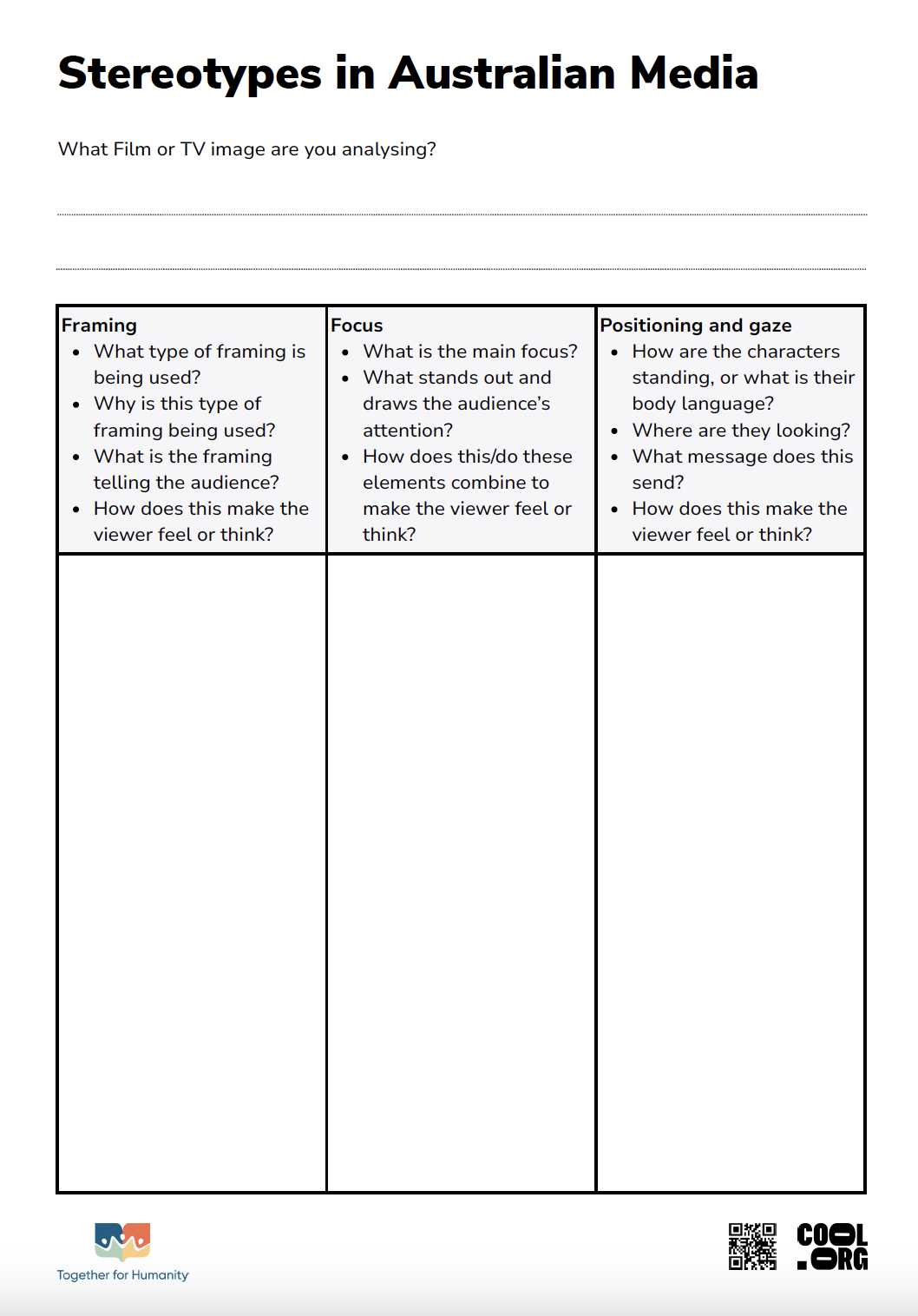
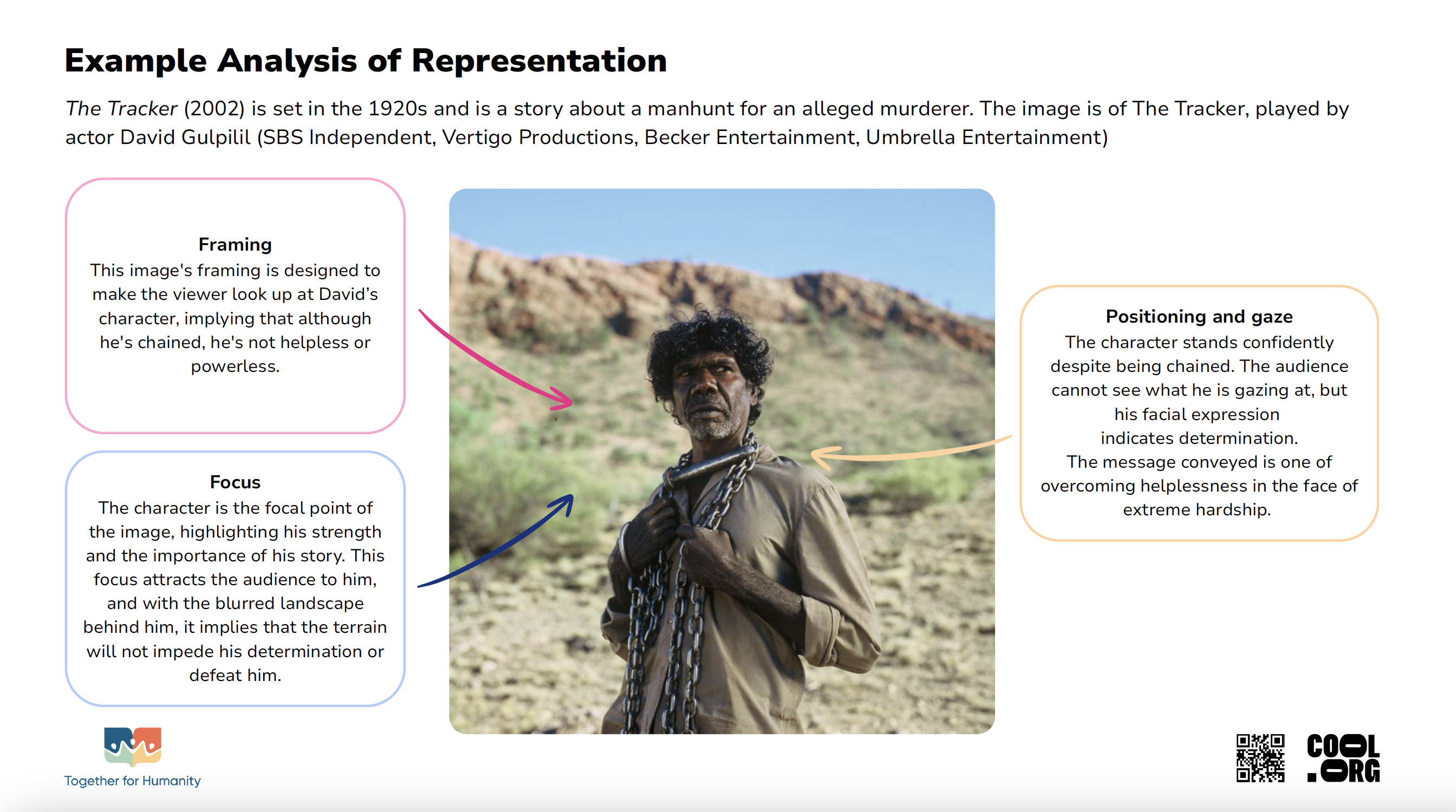
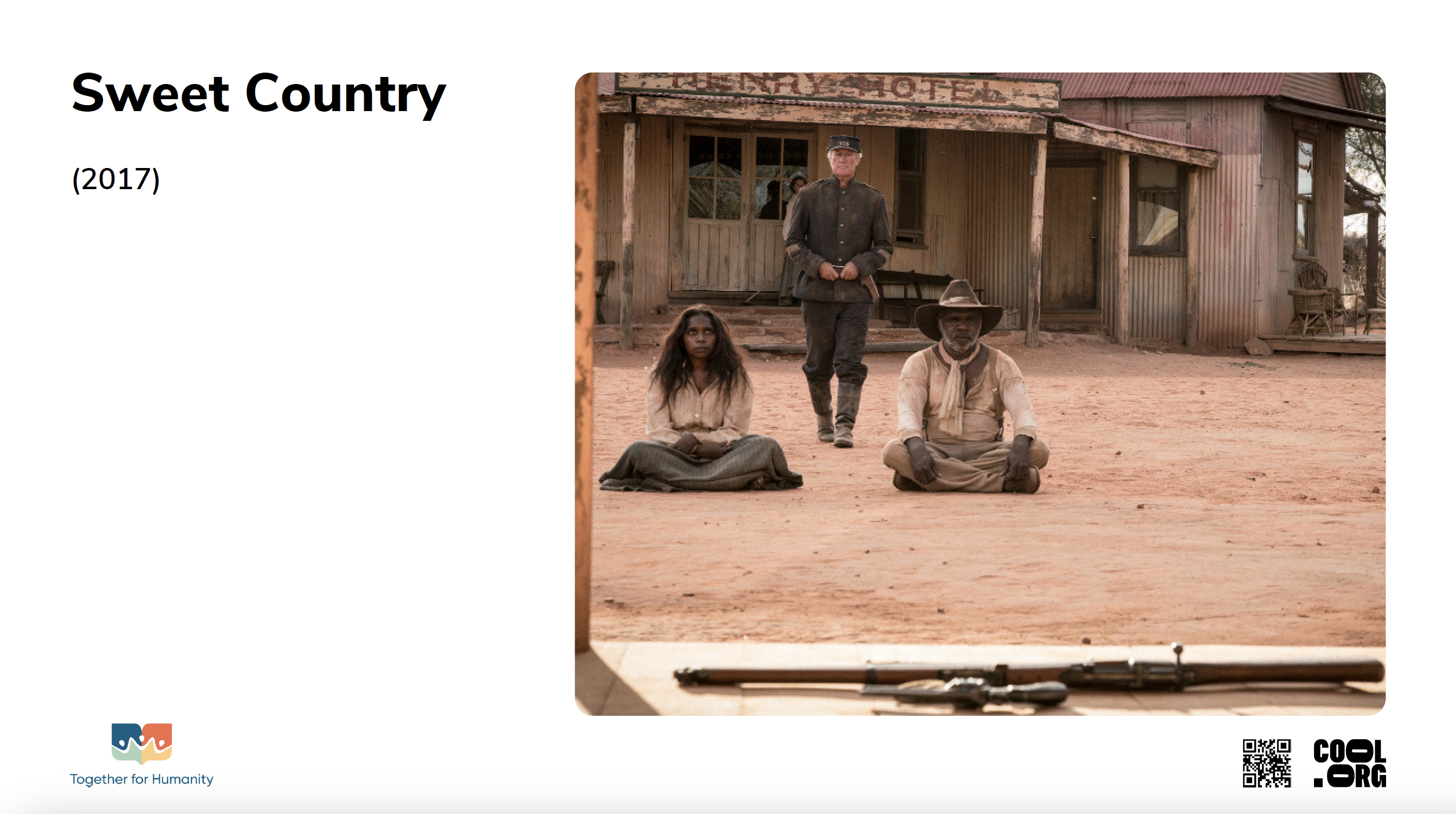
Curriculum links
Select your curriculum from the options below.
Lesson details
Skills
This lesson is designed to build students’ competencies in the following skills:
- collaboration
- communication
- community engagement
- cultural understanding
- digital literacy
- intercultural understanding
- problem solving
- social skills
Curriculum Mapping
Australian Curriculum (v9.0) content description:
Year 9 and 10, Health and Physical Education
Students learn to
- propose strategies and actions individuals and groups can implement to challenge biases, stereotypes, prejudices and discrimination, and promote inclusion in their communities (AC9HP10P05).
Relevant parts of Year 9 and 10 achievement standards: Students evaluate how attitudes and beliefs about equality, respect, diversity and inclusion influenced the nature and quality of relationships.
Australian Curriculum (v9.0) content description:
Year 9, Civics and Citizenship
Students learn to
- the influence of a range of media, including social media, in shaping identity and attitudes to diversity (AC9HC9K06).
Relevant parts of Year 9 achievement standards: Students explain the influence of the media on reflections of identity and diversity.
Victorian curriculum (2.0)
Year 9 and 10, Health and Physical Education
Students learn to
- propose strategies and actions individuals and groups can implement to challenge biases, stereotypes, prejudices and discrimination, and promote inclusion in their communities (VC2HP10P05)
Relevant parts of Year 9 and 10 achievement standards: Students evaluate how attitudes and beliefs about equality, respect, diversity and inclusion influence the nature and quality of relationships.
Victorian curriculum (2.0)
Year 9, Civics and Citizenship
Students learn about
- the influence of a range of media, including social media, in shaping identity and attitudes to diversity (VC2HC10K11)
Relevant parts of Year 9 and 10 achievement standards: Students evaluate civics and citizenship issues using evidence and diverse perspectives.
NSW Syllabus outcomes:
A student
- evaluates and applies strategies for promoting and maintaining safe and respectful relationships in a range of contexts (PH5-RRL-01)
General capabilities: Critical and Creative Thinking, Ethical Understanding, Personal and Social Capability
Cross-curriculum priority: Aboriginal and Torres Strait Islander Histories and Cultures
Level of teacher scaffolding: High – teachers will moderate student discussion and support student work.
UN Sustainable Development Goals
Target 4.7: By 2030, ensure that all learners acquire the knowledge and skills needed to promote sustainable development, including, among others, through education for sustainable development and sustainable lifestyles, human rights, gender equality, promotion of a culture of peace and non-violence, global citizenship and appreciation of cultural diversity and of culture’s contribution to sustainable development.
Resources Required
- device to play video content
- Example Analysis of Representation
- First Nations Representations in Film and TV presentation
- sticky notes
- Student Worksheet (1 per student)
Additional Info
Together for Humanity is an inclusive, not-for-profit educational organisation that works with school communities to combat prejudice and advance belonging and inclusion. We offer a range of student programs linked to the Australian Curriculum, Teacher Professional Learning and online learning for students and teachers. Our work contributes to a more socially cohesive Australian society that values and respects cultural and religious diversity.
Related Professional Learning
Respectful Terminology: Engaging with First Nations peoples
Quick Summary: This course equips educators with the knowledge and confidence to use respectful terminology when engaging with Aboriginal and Torres Strait Islander peoples, histories and cultures.
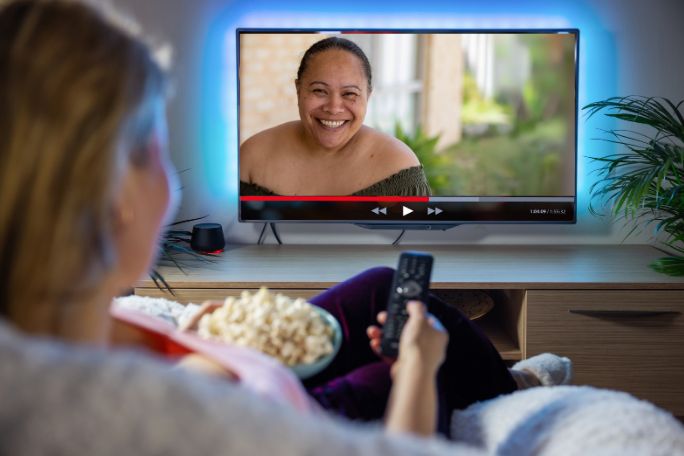
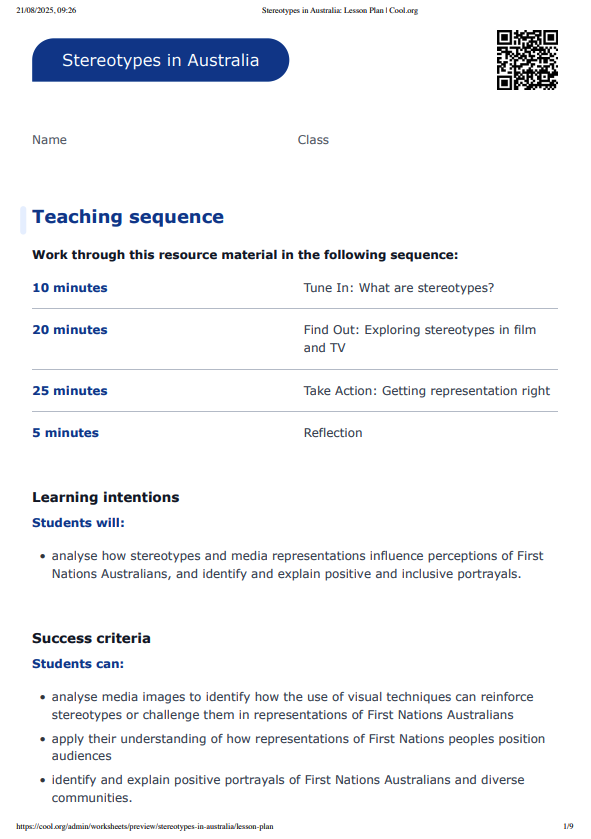
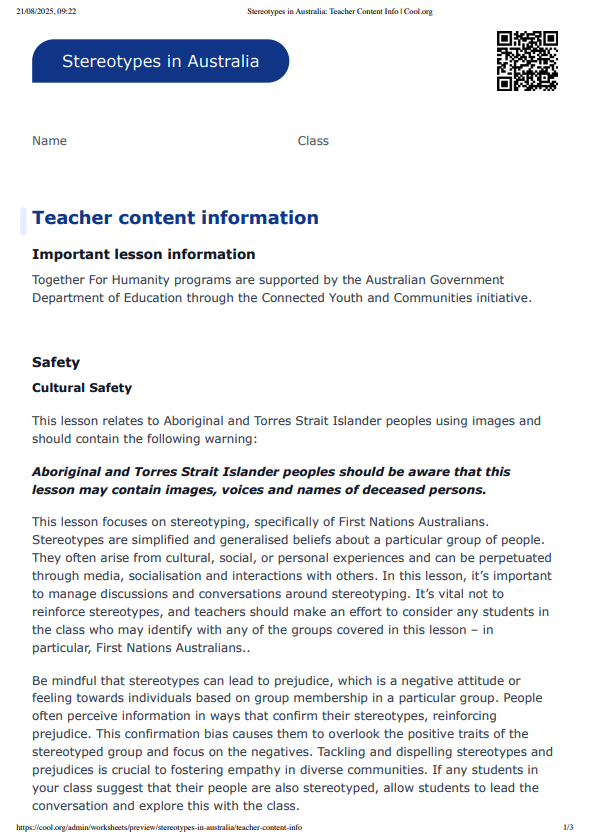
Welcome back!
Don't have an account yet?
Log in with:
Create your free Cool.org account.
Many of our resources are free, with an option to upgrade to Cool+ for premium content.
Already have an account?
Sign up with:
By signing up you accept Cool.org's Terms and Conditions(Opens in new tab) and Privacy Policy(Opens in new tab).